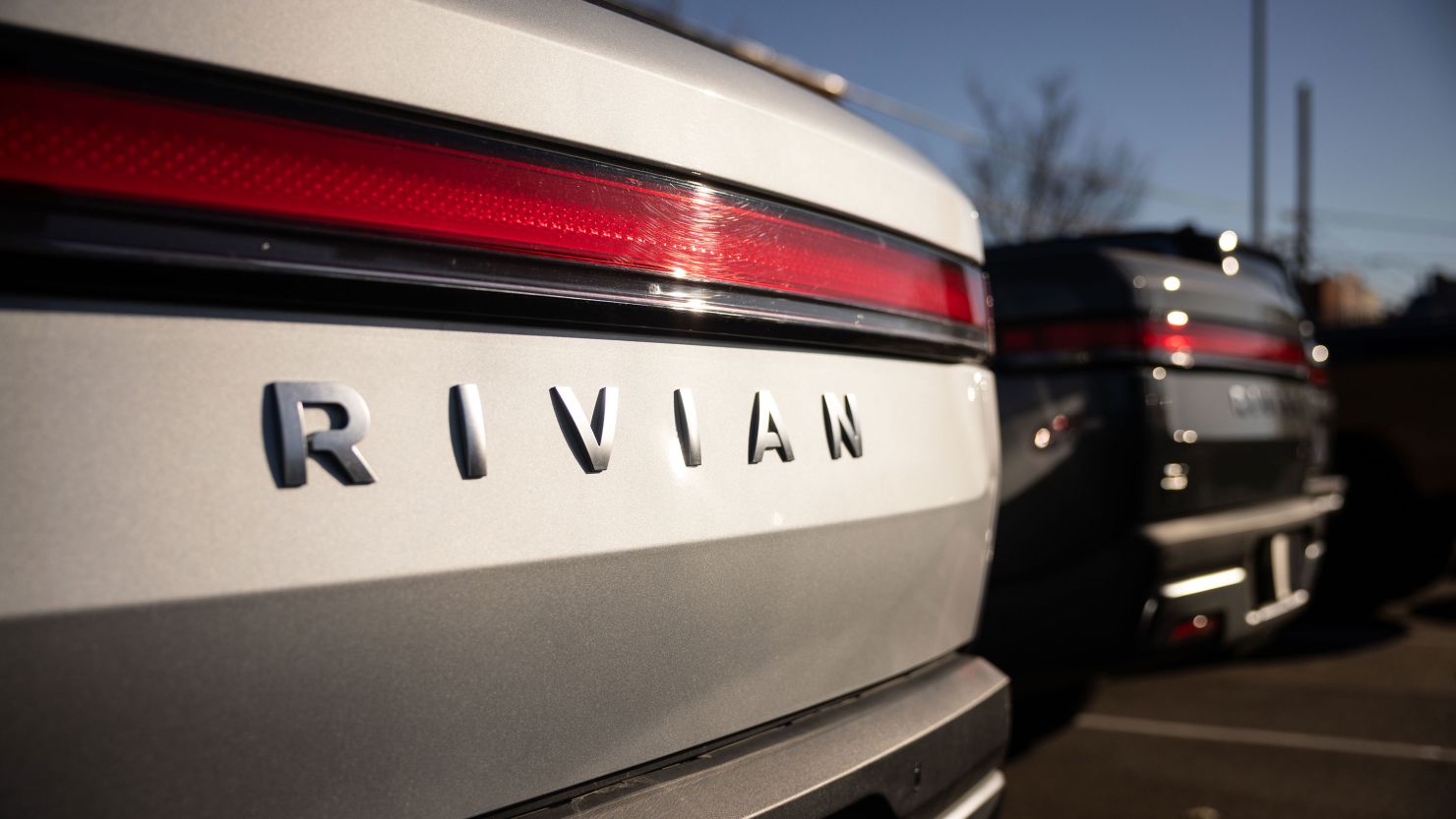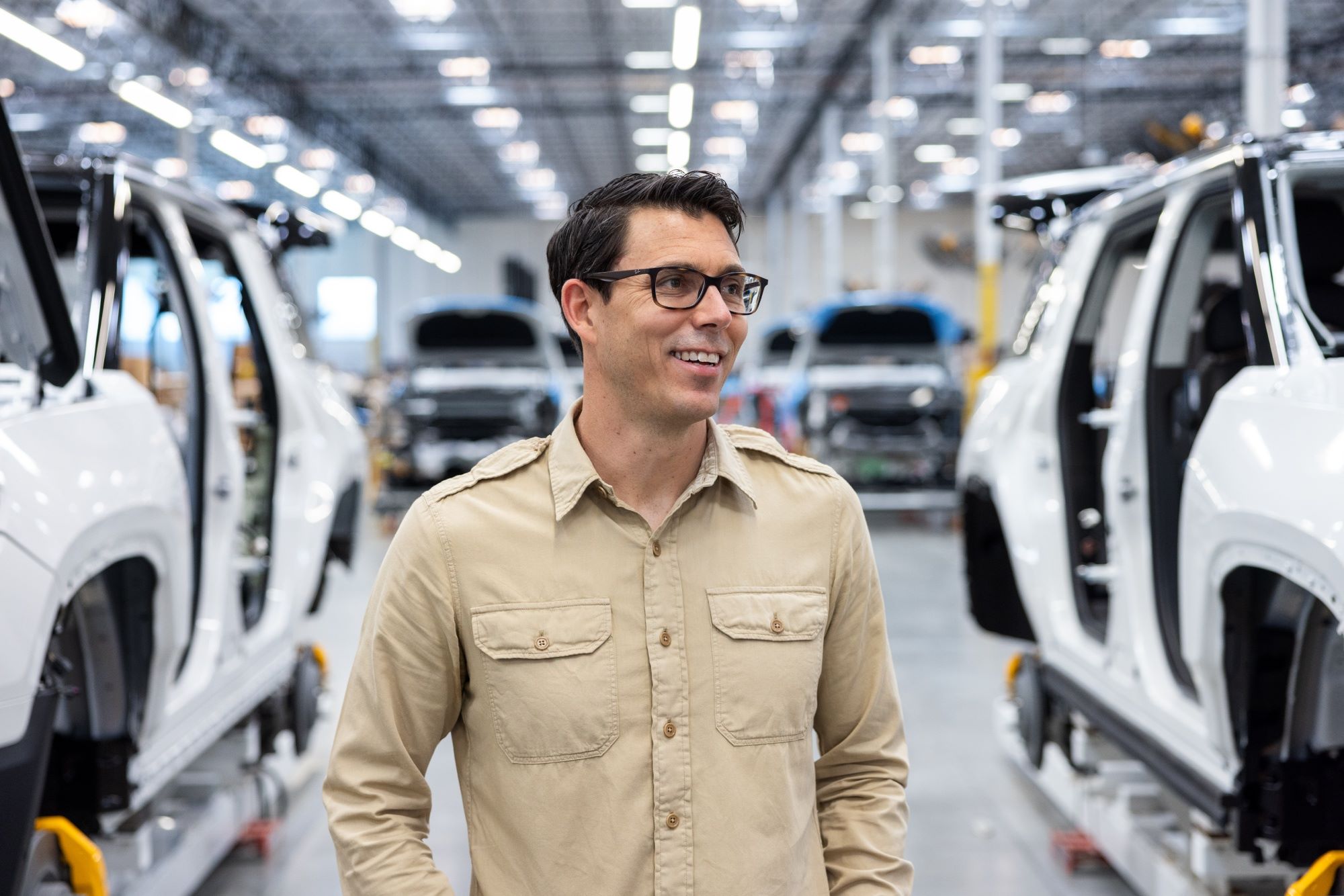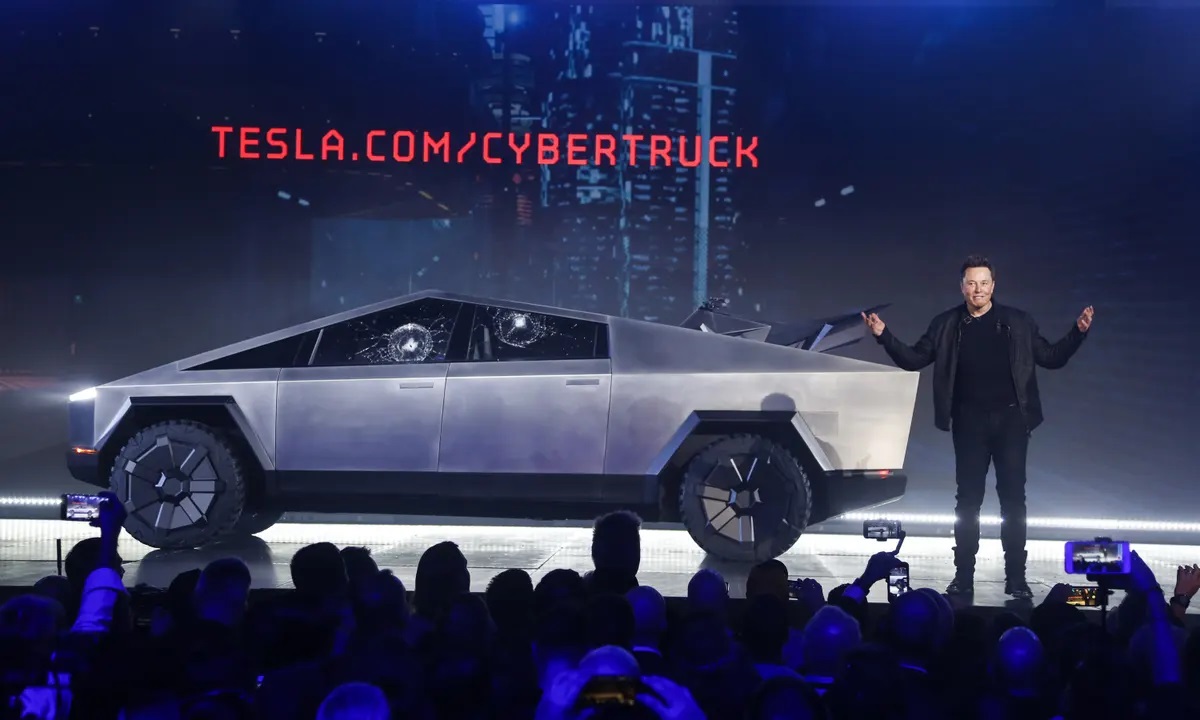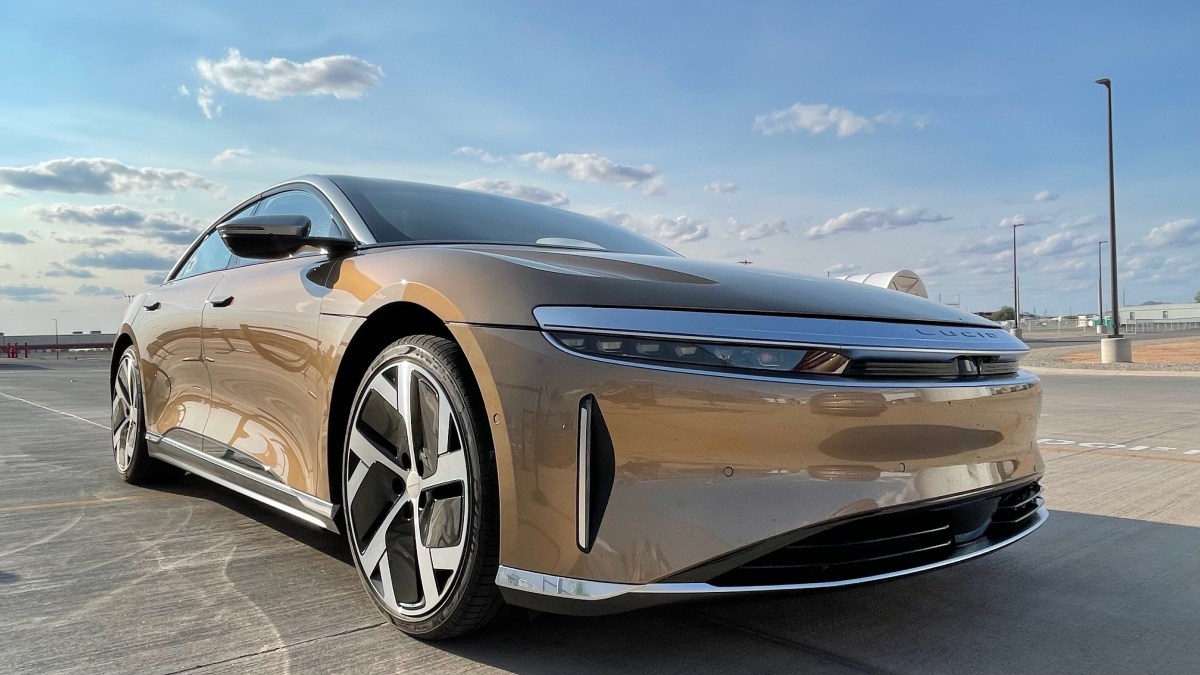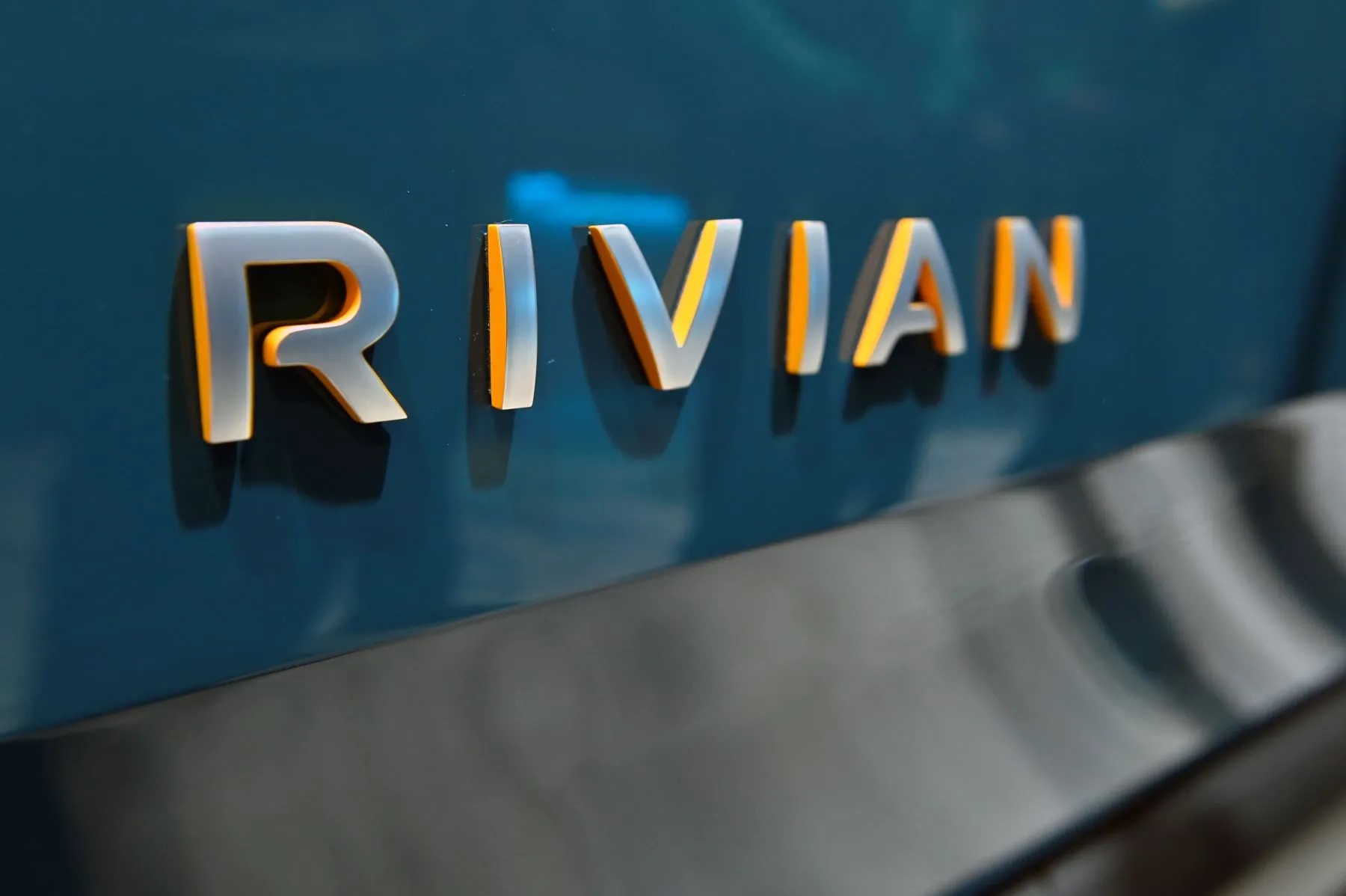Rivian CEO RJ Scaringe has unveiled the company’s strategy to reduce costs in their electric vehicles (EVs) through a hardware update program named Peregrine. The key focus of this update is the consolidation of electronic control units (ECUs) within Rivian’s EVs, which is expected to result in significant cost savings.
Key Takeaway
Rivian aims to reduce costs in their EVs by consolidating electronic control units (ECUs) and implementing a zonal control architecture. By owning the entire electronic stack and software, Rivian can provide regular and meaningful updates, improving the vehicle’s performance and user interface. The company’s pilot facility in Southern California allows them to trial new engineering and manufacturing processes, ensuring seamless integration of hardware upgrades without significant production disruptions.
Shifting to a Zonal Control Architecture
Traditionally, automakers have sourced ECUs from various Tier 1 suppliers, making it challenging to improve the software stack and provide wireless updates. However, Rivian, following the footsteps of Tesla, has developed its own ECUs and software. As part of the hardware upgrade, Rivian will introduce a zonal control architecture in their R1 vehicles next year. This means that instead of each ECU having a specific role, the computers will be responsible for specific zones or regions within the vehicle. The advantages include reduced ECU count, improved efficiency, simplified manufacturing, and reduced wiring.
Owning the Entire Electronic Stack
Scaringe believes that owning the entirety of the electronic stack, including the software, presents an opportunity to create a more comprehensive and user-friendly experience. By owning the software stack, Rivian can provide regular and meaningful updates to improve the vehicle’s dynamics and sensor stack utilization. While other automakers claim to have over-the-air update capability, they often only provide superficial changes. Rivian aims to deliver updates that have a significant impact on the vehicle’s performance and functionality.
Trialing New Engineering and Manufacturing Processes
In Southern California, Rivian operates a pilot facility to trial new engineering and manufacturing processes, including the hardware upgrade discussed. This facility, equipped with a mini-production line, allows Rivian’s operations team to address any assembly process or sequencing issues. The goal is to seamlessly integrate product updates at the plant without causing prolonged downtime. Scaringe emphasizes the importance of minimizing production disruptions, ensuring that the plant can resume normal operations within weeks.
Cost Savings and Future Plans
While Scaringe has not provided specific figures regarding the cost savings per vehicle resulting from the hardware upgrade and manufacturing improvements, he previously mentioned plans to reduce the number of ECUs by 60% and wiring harness length by 25%. Rivian’s commitment to vertically integrating their supply chain and optimizing manufacturing processes suggests that the cost savings will be substantial, contributing to their goal of making EVs more affordable.









